Historical exhibition at Sabarna Sangrahashala with a special display on trams – GetBengal story
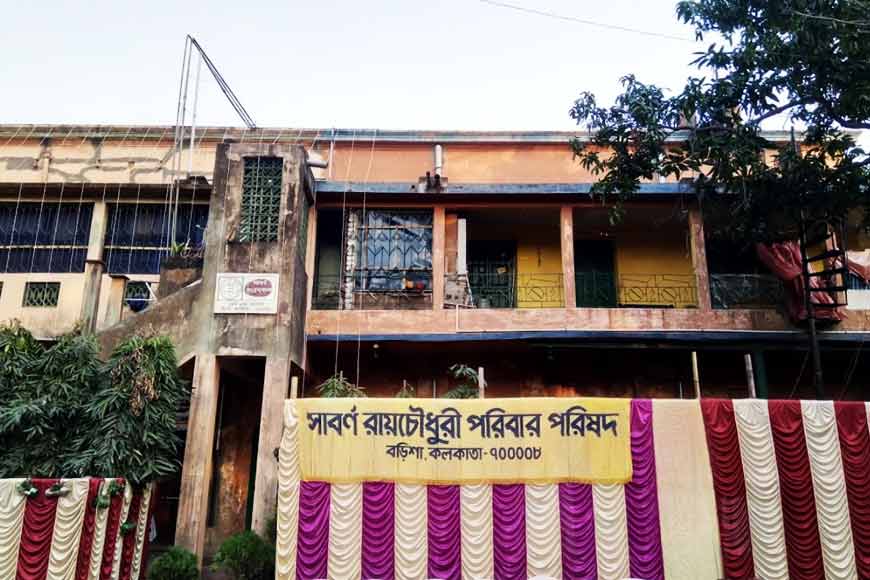
The Sabarna Roy Choudhury Paribar Parishad, Saptarshi Bhawan, Sakherbazar, Barisha, Kolkata
Every year, The Sabarna Roy Chowdhury family museum organizes an International History and Heritage Exhibition in the month of February. This is done to create awareness among students and others about the rich cultural heritage of Bengal, and to converse and preserve the historical, literary and architectural heritage of India. A wide array of artifacts and historical objects raises awe and wonder in the minds of the viewers and each has its own unique origin story or story of acquisition. It not only displays historical figures from Bengal, but also from different parts of India and other countries as well. Every year, they have a different theme country, showing their heritage as well as the connection between the countries for centuries or in recent times.
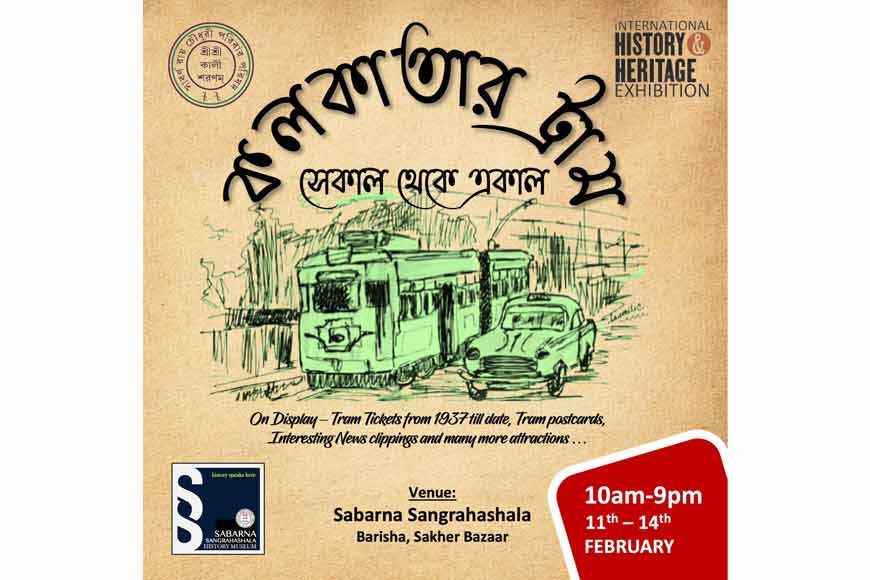
The 18th International History and Heritage Exhibition was held between 11th and 14th February, 2024 at the museum premises at Saptarshi Bhawan in Barisha in association with New Alipore College and their students and professors. There were ten themes this time with two retrospective themes. Some of the themes were as follows: Chalcolithic culture which displayed various stone-age implements from around 3000 BC. Tram Shekal O Ekaal- displayed the history of tram, its origin and how it is currently going on. Another interesting theme was the display of idols of Goddess Saraswati in ten different forms. This collection was gathered by Kumkum Hui, Supra Banerjee, Souvik Roy, Siddhant Chottoraj and Sucharita Roy Chowdhury.
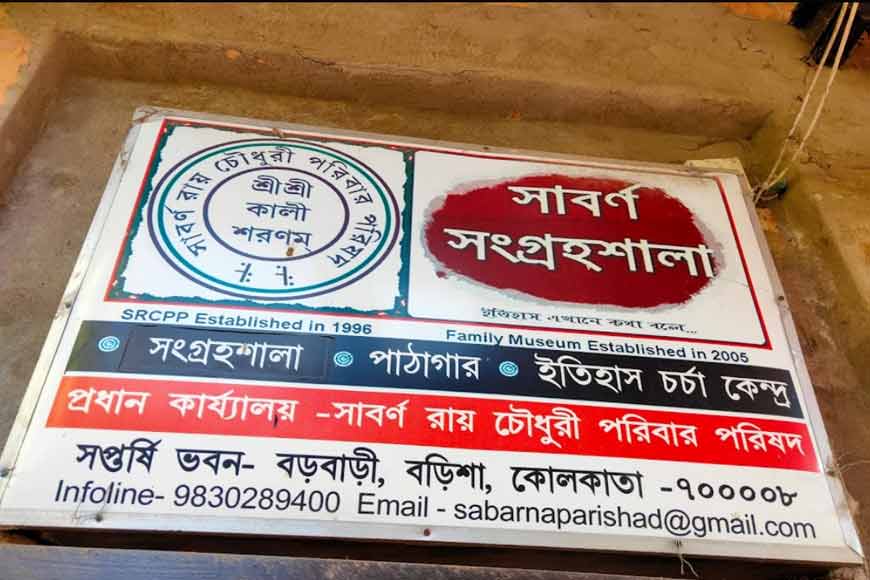
The Tram Display attracted special attention as it showed the history and evolution of trams. Trams are present only in Kolkata within India and while it seems outdated to most, it still remains a matter of nostalgia to Bengalis, especially those living in Kolkata. It is also one of the most environment friendly transport till date. It is a remnant of the past and preserving past is important, something that is undertaken by this museum and exhibition alike. Even tram tickets were on display. The first tram ran on 24th February, 1873 and it was initially horse-drawn, from Sealdah to Armenian Ghat, a total of 3.9 kilometers. The first electric powered tram came in 1905 and was introduced in Howrah. The total track length between Howrah and Kolkata was 68 kilometers in 1943. However, after independence and takeover of Calcutta Tramways Company by the Bengal government, the tracks gradually decreased, when Howrah route was removed followed by many other routes. This brought down the track length to around 57 kilometers in 2011. Many new trams were introduced as well like the steel bodied trams in 1982, followed by polycarbonate sheet fixed trams in 2008. In 2013, AC trams were introduced and in 2014, there was inauguration of Exhibition Tram “Smaranika”.
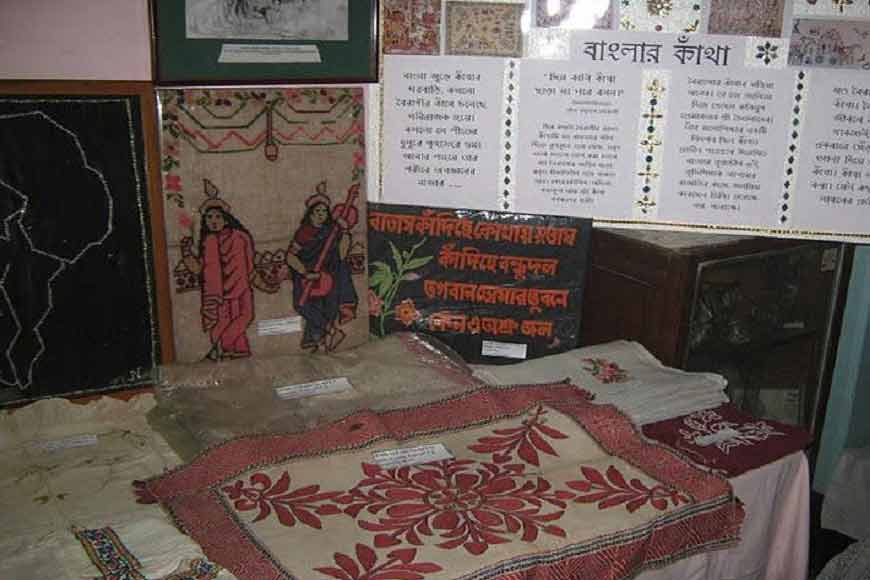
Also read : Transformation of Old Trams
Other special displays included the 1953 paper of the coronation of Queen Elizabeth II and a band record of 1950 belonging to Pronob Roy. This had been banned by Pakistan government because of its political remarks and declassified by the Government of Bengal. There were also 28 Ramayana stamps on display, collected from different countries. This collection was done by Briti Deb from Bangalore. The theme country was Italy, with the Consul General of Italy, Mr. Riccardo Dalla Costa, present at the inauguration of the exhibition. The Italy Gallery, depicting Italy’s rich cultural, linguistic and artistic heritage, was put up in support and cooperation of the Government of Italy.
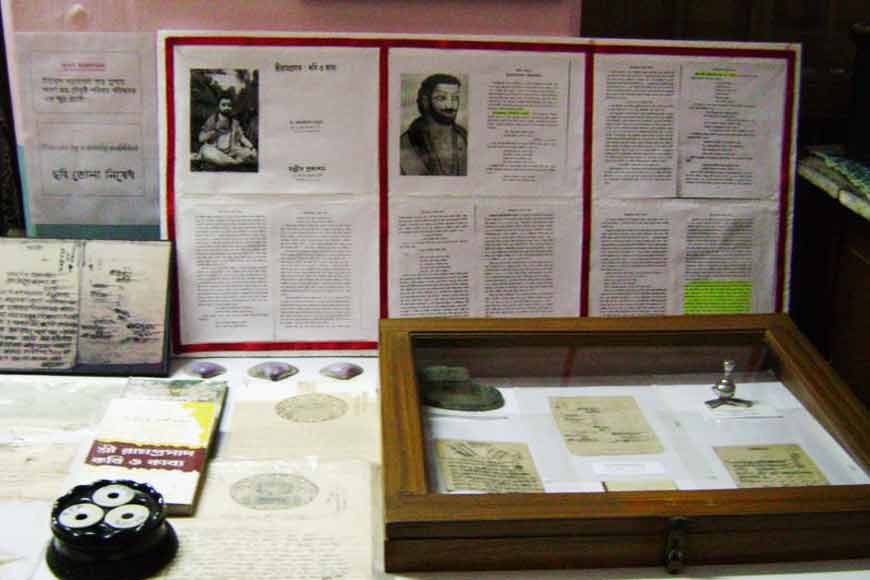
The retrospective themes included letters of famous political personalities such as Prafulla Sen, Indira Gandhi, etc. and the journeys of Mrinal Sen and Tapan Sinha through 100 years. The latter was done by Tapan Sinha Foundation, Arijit Moitra and Souvik Roy for Tapan Sinha. For Mrinal Sen, the work was undertaken by Protab Dasgupta. Other than displays, there were also cultural programs and quizzes. The quizzes were based on history, to increase the knowledge of macro and micro historical incidents and the cultural programs also included the singing of Pronob Roy’s banned song which was also on display. This time, three awards were given for displays and cultural programs namely Swami Jagannath Award, Pronob Roy Award and Satya Chowdhury Award.
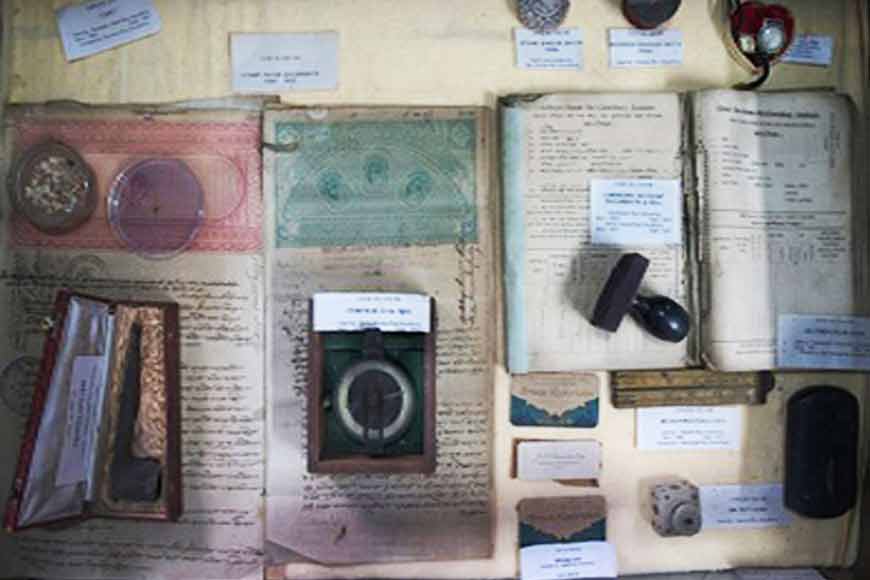
Sabarna Sangrahashala is a museum about the Sabarna Roy Chowdhury family, who was the administrator of Kolkata during the Mughal era. When the British arrived in India, they had transferred their rights by lease of three villages to the East India Company. This museum is a preservation of forgotten history. The highlight of this museum is the Kolkata High Court order regarding the inception of the city. This order demystifies the widely-accepted notion that the founder of the city is Job Charnock. This was a case filed in the Calcutta High Court by Deborshi Roy Chowdhury, the secretary of the museum, in the year 2003 and since then, he has been set on busting various myths. Along with this, there are various other artifacts belonging to the family which are kept on display and to raise awareness on micro history. This is perfect for history enthusiasts and students of humanities who appreciate history and art. It is refreshing to see a museum dedicated to preserving the cultural heritage of Bengal and India and also extends to other countries. It is important to highlight the ties of India and Bengal with different countries as India has always been an important centre of trade and commerce. Even Bengal had been a very important centre for the same, though its contribution is overlooked and often forgotten. Let us embrace and remember the contribution of Bengal and Bengalis in different fields and preserve its history and heritage.










